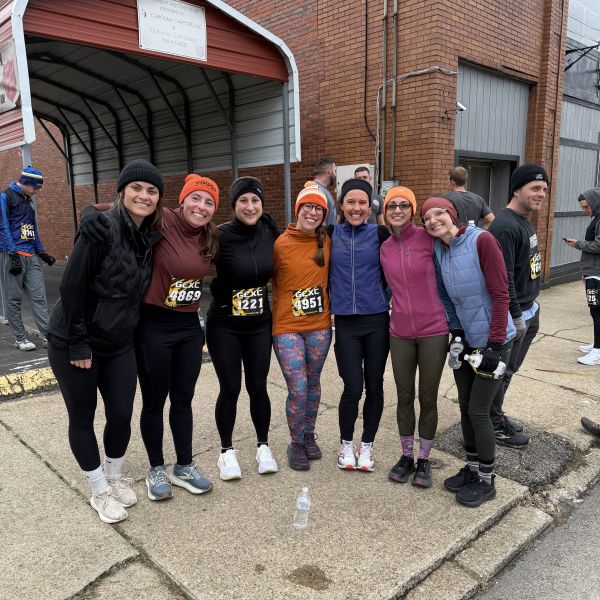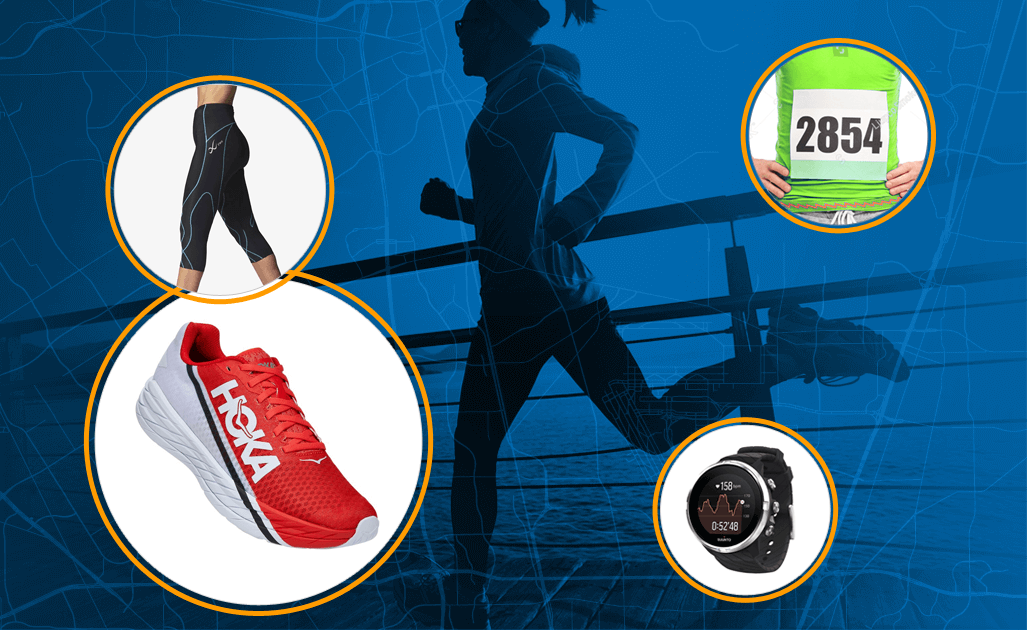Thinking about big running goals in 2022?
Maybe you’ve already set some fresh ones as a new runner, or an experienced athlete ready to take things to the next level.
Or you’re just stepping into the New Year after the holidays thinking about where you want your feet to take you over the next 12 months.
👊🏃♂️ For example...WeeViews contributor David Moore just announced his plan to run 1,200 miles in 2022.
It’s kind of like raising your hand and shouting…”I’m going to do this.”
❌ Here’s the problem…current research shows that about 64 percent of people who make resolutions (like big running goals), quit within a month. Been there, done that?
Why? There’s a long list of excuses…right? The real problem, too many people (including runners), set goals without a way to measure success, besides the ONE big thing.
And that’s not enough. It takes time to get faster or train for a marathon. Progress happens just a little bit at a time.
If you’re not tracking those small daily/weekly wins, you’re more likely to think your plan isn’t working. But it doesn’t have to be that way.
Got big running goals for yourself in 2022? How are you going to measure success and track your progress to get from where you are to where you want to be?
👉 In this post, we're going to show you 8 SMART ways to track your progress to help you crush your running goals.
First...a quick lesson on SMART goals for runners.
Setting big running goals is awesome. There's a serious dopamine hit when you click "SUBMIT" and sign up for a race.
You know...a mix of excitement, nervousness, and maybe a bit of "what have I done?"
But if you're serious, you need to be SMART about breaking down that big running goal into bite-sized steps. Your running goals should be:
So how are you going to track your progress to achieve your running goals?
Here are 8 metrics every runner can measure...
It's easy to do with a running watch or mobile app like Strava designed for runners.
It's one of the easiest ways to track your miles, but it isn't foolproof.
Ever been unable to get a GPS signal, have a battery die, or see your watch glitch out in the middle of an epic run?
It happens. The good news...You can usually add runs manually to your digital footprint to track your miles.
If you really want to make sure you track every mile, consider recording your mileage in an old-school paper notebook, whiteboard, or separate document on your computer.
Did you know the average person only takes 3,000 to 4,000 steps per day?
That's about 1.5 to 2 miles a day (from home to your car, the office, the grocery store, and the refrigerator). If your big goal is to run a 5K, that might be enough to walk/jog your way to the finish line.
But it's not enough if you're training for a longer race or want to walk and run to improve your health.
Looking for a simple way to help you be more active?
Track your daily steps with a smartwatch, mobile app, or even an old-school pedometer.
What's a good daily steps goal? Aim for 10,000 steps per day or more.
Maybe running every day doesn't work for you.
Or maybe you like mixing things up with strength training, biking, swimming, yoga, and hiking.
Some form of physical activity every day is a great way to help you become a better runner, manage your weight, and improve your health.
But the truth is most people aren't active enough.
In fact, only 23 percent of adults get the minimum amount of exercise recommended by the Centers for Disease Control and Prevention.
Setting a goal to be active every day can help you.
When runner Jeremy Pietzold realized he needed a nudge to be more active, he decided to jog or run at least 1 mile every day.
And you know what? He's been on a run streak for more than 1,800 days now (FIVE YEARS!)
Keep track with your watch or digital device, or check off a walk or run on your calendar.
Ever go for a run and feel slow?
Maybe you run with friends and feel like you're the slowest one in the group?
Or you set your sights on qualifying for the Boston Marathon, but you need to clock a faster marathon finish time.
Track your mile pace, and work on getting faster one run and one workout at a time.
This year runner Kelly Cole is working on lowering her mile pace and running faster marathons.
Here's a fun way to track your progress...
Hang up your race-finish medals where you can see them.
Every time you walk into the room, you see those race medals hanging up.
It's a visual reminder of finishing a race, and represents the days, weeks, and months you've spent training to get there.
Maybe you've got a goal to run a certain number of races this year. Keeping track of your race finishes like this is a fun way to document your journey.
Mile pace and distance don't always tell the whole story.
If you're running to improve performance and boost cardiovascular endurance, measure your heart rate. This can include:
Instead of just going by how you feel, tracking your heart rate can help you decide if you need to slow down or speed up to achieve your running goal. Check out this Heart Rate Training resource by Polar and use the Heart Rate Zone Calculator.
Running to lose weight? Step on the scale and track your progress.
Running can help you burn calories and fat. But you'll need to do more than just run.
If you're serious about losing weight and keeping it off, combine running with a healthy diet and strength training.
Translation: You can't outrun or out-exercise a bad diet.
However, research shows weighing yourself daily can help you make better choices (as in...running or working out and making better food choices.)
In one recent study, researchers found that people who weighed themselves daily maintained their weight or even lost weight...during the holidays.
Keep track of your weight from day to day, and chart your progress. There's lots of apps that make it easy to do this like:
Achieve and maintain a healthy weight, and you'll run more efficiently.
It's by far the most subjective way to track your running progress.
But you can learn a lot from keeping track of the way you feel when you run.
A calendar or old-school journal might work for you.
But if you prefer a digital option, use Strava, to keep track of the way you feel when you run. There's two options in the app:
So how do you keep track of how you "feel" when you run?
Simple details can provide you with information to help you become a better runner.
Here's some examples of how to keep track of how you "feel" after a run:
Starting to get the idea?
When you keep track of details like this, you start collecting qualitative data about your running habits, routes, and performance.
And you can use this to change your training plan, upgrade your gear, make better fueling choices, work on your mindset and so much more.
Nobody makes New Year's resolutions or big running goals with plans to fail.
But if you don't break down those goals into action steps you can measure (daily, weekly, monthly...), those big running goals can seem too lofty and hard to reach. And you know where that leads.
Take a closer look at your big running goals this year, and decide how you'll measure your progress.
Then lace up your running shoes and make it happen.

Login to your account to leave a comment.





We Want to Give it to You!
